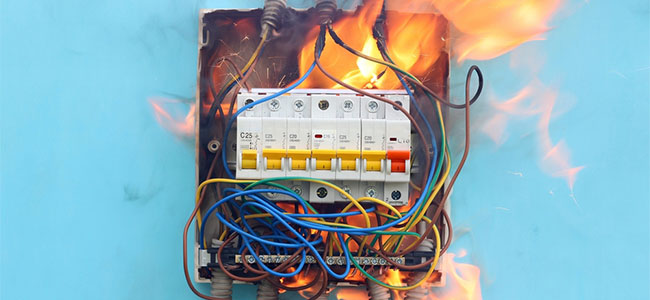
Preventing Electrical Accidents on Job Sites
Since even employees who indirectly work with electricity can be at risk, employers and workers need to take steps to prevent electricity-related injuries and fatalities on job sites.
- By David Perecman
- Jul 27, 2023
Did you know that electricity exposure or contact is one of the leading causes of occupational injuries in the U.S.? According to the Electrical Safety Foundation International, between 2011 and 2021, OSHA reported over 1,200 workplace fatalities involving electricity. Some of the most at-risk workers for electrical injuries and fatalities are engineers, linemen, electricians and construction workers. Still, even those who work with electricity indirectly, like roofers and carpenters, may be exposed to serious electrical hazards.
With this being a prominent safety issue across various labor trades, it is crucial for both employers and workers to take steps to spread awareness of electricity-related risks and prevent injuries on job sites.
Electrocution occurs when a person is exposed to a lethal amount of electricity. Electrical hazards can result in Burns, Electrocution, Shock, Arc flash/blast, Fire and Explosions (often referenced by the acronym BE SAFE).
Burns
A burn is an injury to the skin or deeper organic tissue. Burns can range in severity from first-degree to fourth-degree burns. Electrical burns are often more challenging to diagnose than other burns caused by heat, radiation, friction, chemicals or fire because they may cause significant injury beneath the skin without showing signs of damage on the surface.
Electrocution
Electrocution is a fatal injury caused by exposure to electricity. Electrocution is often caused by exposure to wires and contact with power lines or electrical arc flash.
Shock
Electrical shock is an injury to the body due to contact with a high-voltage source. The severity of shock-related injuries may range from an uncomfortable but mild jolt to causing severe, sometimes debilitating, harm.
Arc Flash/Blast
Arc flash occurs when there is a sudden release of electrical energy through the air when a high-voltage gap exists, and there is a breakdown between conductors. Arc flashes release thermal radiation (heat) and bright, intense light that can cause burns. Injuries caused by arc flashes may vary in severity depending on the worker's proximity to the hazard, temperature and time for the circuit to break.